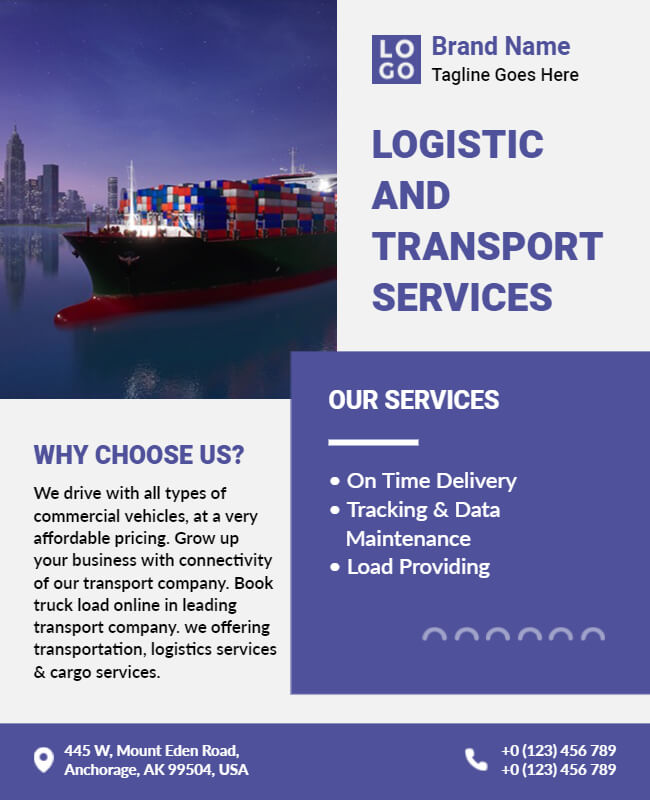Top Benefits of Transit Advertising Philippines for Companies
Top Benefits of Transit Advertising Philippines for Companies
Blog Article
Exploring the Effect and Efficiency of Transit Marketing in Urban Marketing Strategies
Transit marketing has actually come to be a significant part of metropolitan advertising and marketing methods, capitalizing on the distinct characteristics of public transportation settings. With the fast development of technology and changing customer actions, the landscape of transportation advertising is undergoing notable changes that merit closer evaluation.
The Surge of Transportation Advertising
As city populaces proceed to swell, the demand for ingenious advertising and marketing services has caused the increase of transportation marketing as a pivotal component of metropolitan marketing strategies. This kind of marketing leverages public transportation systems-- such as buses, trains, and trains-- to reach a diverse target market in densely populated areas. The performance of transit advertising and marketing hinges on its ability to involve customers throughout their daily commutes, a frequently forgotten yet crucial time for brand messaging.
With cities ending up being increasingly busy, traditional advertising rooms are coming to be limited and less reliable. Transit marketing uses a vibrant choice, allowing brands to showcase their messages in high-traffic areas where prospective customers are regularly subjected to the ads. In addition, as city locals significantly depend on public transport, the relevance and presence of transportation advertising have actually grown dramatically.
In addition, technological improvements have improved the class of transportation marketing, permitting for electronic screens and interactive campaigns that can capture customer attention better than fixed ads. As a result, transportation advertising and marketing is not only an affordable option yet additionally an important method for brand names looking for to attach with metropolitan consumers in a memorable and impactful fashion.
Trick Advantages of Transportation Marketing
The efficiency of transportation marketing is highlighted by its diverse advantages, making it an important device for urban marketing professionals. Among the key benefits is its considerable reach; transportation systems serve millions of travelers daily, allowing brands to get in touch with a diverse audience in high-traffic atmospheres. This exposure improves brand name understanding, making sure that promotions are seen continuously by commuters.

Additionally, transit advertising is affordable compared to other media, supplying a reduced expense per perception while maintaining high visibility. The adaptability of advertisement formats, from bus wraps to digital screens, enables innovative and impactful campaigns that can adjust to changing market needs.
Consumer Actions Insights
A significant part of customer habits is influenced by the pervasive nature of transit advertising and marketing in city settings. This type of advertising and marketing captures the interest of diverse demographics, involving customers throughout their day-to-day commutes.
Study indicates that transportation advertising can evoke emotional reactions, bring about increased brand affinity. Consumers usually associate the experience of commuting with details brand names, creating an enduring impression that influences investing in decisions. In addition, the regularity of Get the facts direct exposure to transit ads fosters familiarity, which is a vital variable in consumer trust and commitment.

In addition, the common aspect of mass transit contributes to this phenomenon; as people share areas, they are more probable to discuss and suggest brand names they come across. Hence, transit marketing not just gets to consumers but likewise boosts social communications that reinforce brand messaging. Recognizing these behavior understandings allows marketing experts to tailor their methods effectively, making sure that their projects reverberate with target audiences in the metropolitan landscape.
Study and Success Stories
Effective application of transit advertising and marketing methods is exemplified with various case studies that highlight its efficiency in urban marketing. One significant instance is the partnership in between a prominent beverage business and a major city's public transit system. The campaign utilized bus covers and indoor posters, causing a 30% boost in brand recognition and a 15% rise in sales within the target demographic over three months.
An additional effective situation included a local restaurant chain that used train terminal marketing to draw in commuters. By creating aesthetically striking advertisements that used timed promotions, the restaurant experienced an uptick in foot traffic, with an excellent 25% boost in lunch hour patrons.
Additionally, a city's tourism board released a transportation campaign showcasing local destinations through bus quit displays and metro advertisements. The campaign brought about a substantial boost in tourist brows through, as reported by a 40% boost in inquiries at visitor centers.
These case research studies underscore the flexibility and potential of transportation marketing to involve metropolitan target markets successfully, demonstrating that strategic placements can produce considerable rois and improve brand name visibility in busy urban atmospheres. - Transit Advertising Philippines
Future Fads en route Advertising And Marketing
As urban landscapes remain to advance, so too does the world of transportation advertising, which is positioned to embrace cutting-edge innovations and approaches. One significant trend is the combination of electronic advertising screens into public transit systems. These vibrant display screens enable real-time updates and targeted web content, enhancing audience interaction. Moreover, the fostering of programmatic advertising and marketing is expected to acquire momentum, making it possible for marketers to leverage data analytics for more exact target market targeting based upon time, location, and demographic insights.
One more emerging trend is the usage of enhanced fact (AR) and virtual fact (VIRTUAL REALITY) experiences within transportation advertising. These immersive technologies can captivate commuters, changing mundane journeys right into interactive brand name experiences. Furthermore, sustainability is ending up being progressively essential; environment-friendly marketing materials and practices are most likely to get traction, showing the growing consumer demand for business social obligation.
Finally, the increase of mobile connectivity will help with higher assimilation in between transit advertising and individual devices. Marketers can produce smooth cross-channel experiences, enabling instant communication and interaction with potential consumers. Collectively, these fads indicate a transformative future for transportation advertising, supplying new methods for brands to get in touch with metropolitan audiences.
Verdict
Transit marketing has developed itself as a considerable component of metropolitan advertising and marketing approaches, demonstrating considerable performance through improved brand name visibility and customer engagement. The capability to adjust messages to particular demographics, combined with the cutting-edge use of innovation, placements transit advertising and marketing as a driving force in contemporary advertising and marketing (Transit Advertising Philippines). As urban atmospheres remain to advance, the future of transit advertising guarantees additional developments, ensuring its importance and click here now effect fit consumer assumptions and actions in city landscapes
As urban populaces continue to swell, the demand for cutting-edge advertising services has actually led to the official source surge of transit advertising as an essential element of city advertising methods.A substantial section of consumer actions is affected by the pervasive nature of transportation advertising in city atmospheres. Collectively, these patterns suggest a transformative future for transit marketing, providing new avenues for brand names to attach with metropolitan audiences.
Transit advertising and marketing has developed itself as a considerable component of city advertising strategies, showing significant efficiency through enhanced brand exposure and customer engagement. As urban environments proceed to progress, the future of transit advertising and marketing assures more innovations, ensuring its importance and effect in shaping consumer understandings and behaviors in metropolitan landscapes.
Report this page